|
I've been repairing a few classic Bally games lately, so it's only fitting that this one came into my care recently. Star Trek (Bally, 1979) has some cool playfield features including a saucer which spits the ball out into the pop bumpers, and a free ball return lane. Star Trek appears to be the only Bally solid state game that had a free ball return lane feature, and it was a great way to rack up scores by collecting bonuses continuously. The "Where No Man Has Gone" horseshoe at the top left of the playfield was also a cool gimmick, causing the left pop bumper to fire the ball back at the left flipper. This will be a relatively short blog post as this restoration was focused mainly on circuit board repairs and upgrades. Only minor playfield repairs were conducted, and the machine was otherwise in good, playing condition. The playfield was stripped and cleaned, various broken parts were replaced, and the flipper assemblies were also rebuilt. However, there's nothing particularly exciting about any of that. Instead, I intend for this blog post to serve as a generic reference for those troubleshooting classic Bally boardsets and to explain some of the basic modifications and upgrades I perform.
1 Comment
Well, the last couple of years have been rough! Last year was the first time Fiona and I had missed out on Pinfest since we first attended in 2015. By the end of 2020, the COVID pandemic was in full swing and travelling hours away for a weekend was just not an option for us. Regardless, Pinfest 2020 still went ahead, albeit at a reduced capacity and with fewer games. I was bummed that I couldn't go to my favourite event of the year, and promised that we would be back in 2021 when the pandemic had completely blown over... If you ever need proof that pinball was made for adolescent men, look no further than Playboy (Bally, 1978). As gaudy as this theme seems now, it remains a great example of a classic Bally game. There is a reason they made over 18,000 of these - they were fun! The standup targets on one side coupled with the drop targets on the other side made this a fun shooting game. This game was given to me to repair by an elderly customer who had stored it outside in his pergola for many, many years. I initially attended his house for a service call, but was then advised that he wanted the machine to be refurbished and brought back to playing condition. However, this customer did not want to spend a huge amount on the game, so I had to tackle this repair with budget in mind. Last year marked the 25th anniversary of the original Johnny Mnemonic movie. This year also saw the release of a high definition version of the original film. This means it's the perfect time for another Johnny Mnemonic (Williams, 1995) blog post! This was quick repair job for a customer who wanted to repair his dad's pinball machine and finally get it into working condition again. His dad used to love playing it and it had sat for too long in need of repair. I was happy to help him out as I love being able to get a machine going again so it can be played and enjoyed like it was intended to be! This restoration was unusual because the machine was brought to me from several hours away. I had been working on fixing the machine for a couple of weeks when the customer asked if I would be able to have it ready by the end of the week (a couple of days away!) as he was traveling back to his dad's place and wanted to surprise him with the machine. I'm not one to say no to a challenge, so as well as playing lightning fast, this machine was probably one of the fastest repair jobs I have ever had to do! As a result, this post will also be in a shorter format, covering just the things that needed attention. I haven't been posting much lately, nor have I been able to take on much repair work due to a house move (more on that later!). However, I've been able to get stuck into a small backlog of board repairs and other minor jobs while I sort out the housing situation.
After the last repair, I thought it would be a good idea to do a short post to remind everyone to check their circuit boards as a part of their regular pinball maintenance regimen. Circuit board parts fail all of the time, but few of these failures will actively damage your machine. Batteries are the most well-known exception and they will certainly damage your circuit boards if they leak. However, fewer people are aware that capacitors are capable of damaging circuit boards in the same way, and should also be checked regularly for signs of damage. Many people consider Guns N' Roses (Data East, 1994) to be one of Data East's best pinball machines. One of the few rock music machines from the 1990s, it is a really cool game with some interesting design decisions incorporated into it. While a lot of people prefer the more modern music themed games such as AC/DC or Aerosmith or Metallica, I still prefer the older games, so Guns N' Roses scratches that rock theme itch perfectly. This will be a shorter blog post as this was not a full restoration by any stretch. There was limited disassembly performed and pictures were only taken of the issues I was tasked with fixing. My customer had pulled the machine out of his warehouse for the first time in years and wanted it to brought back to working condition. No cosmetic fixes and no fancy stuff. I just needed to get it back up and playing. So, I won't bother with the standard descriptions of the machine's condition or nitpick the defects. However, I performed some interesting repairs on this machine which warranted writing some of them up. So, let's jump right into the repairs! Ever since she first saw it, Tales of the Arabian Nights (Williams, 1997) has been Fiona's favourite game. She loves the artwork, the colours, the sounds, and everything else about this game. And I don't blame her. It really is a beautiful game, and really gives you that feeling of being in a "world under glass" when you're playing it. I think Tales of the Arabian Nights has the best unlicensed music of any pinball machine ever made. The end-of-ball bonus music tune is one of my favourites - featuring what I assume is a qanun playing from higher to lower notes as the lamp bonus is counted down - it almost makes me want to lose my ball just so I can hear it! So, when the opportunity to restore one of these games presented itself, we jumped at the chance! Unfortunately, by the time we finished the restoration, the game had almost killed us, but it was worth it for the chance to bring this beauty back to playing like new. Christmas sure was a good time for pinball repairs! Several weeks ago, a customer advised me that their Elvira and the Party Monsters (Williams, 1989) was no longer working. They had had the game for a long time and it had always played without issue. However, they did note that sometimes it would take several flicks of the power switch for the game to turn on properly. Now, it would not turn on at all. No lights, no sounds; nothing! When they opened the backbox to inspect the game, they found a lot of green electrolyte from badly leaking batteries on the MPU board. Uh oh! This was likely the source of their problems, so they brought the MPU board in to me for repair.
Let's finish off the year by repairing a classic Bally game! But first, I've got to be honest. I've never been much of a fan of late 70s/early 80s Bally games. I generally find the blips and tunes of the early sound boards grating, which makes them hard to play for any length of time. Some say it adds to the nostalgia, but having no nostalgic connection to these games, I can safely say I prefer the sounds of traditional chimes or modern digital stereo. That said, Bally games are classics in terms of gameplay and artwork, so it was a pleasure to get to work on this one for a customer: Six Million Dollar Man (Bally, 1978). This machine had not been working ever since the customer got it from a relative, and they wanted it up and running for their 60th birthday party in a few weeks. We were on a deadline, and there was lots to do! Well, it seems like I am a sucker for punishment. A couple of weeks ago, Fiona and I attended Nerd Con and brought three pinball machines for the public to play. We loved sharing our hobby with the public, so we decided to do it again! This time, we headed to Collector Con, an annual collector's convention with memorabilia, pop culture collectables, comics and games, and all sorts of other toys. This convention was in Leumeah, so not too far away from us, and another great opportunity to introduce pinball to the masses. Bringing three pinball machines to Nerd Con was difficult with just one ute and having to make several trips to and fro. So, this time we only brought two machines: Fish Tales (Williams,1992) and Demolition Man (Williams, 1994). |
About
Here you will find logs of our pinball and arcade machine restorations, repairs, discussion about general pinball and arcade topics, as well as recounts of our random pinball adventures.
Check back regularly for updates! Blog updates
Archives
May 2024
Categories
All
Donate

Running this website is a hobby for me (just like pinball!). I like being able to show off my restoration work so everyone can learn from it and potentially fix their own machines. If you enjoy reading the site's content or it has been helpful to you, please consider donating to offset some of the website's operating costs. |

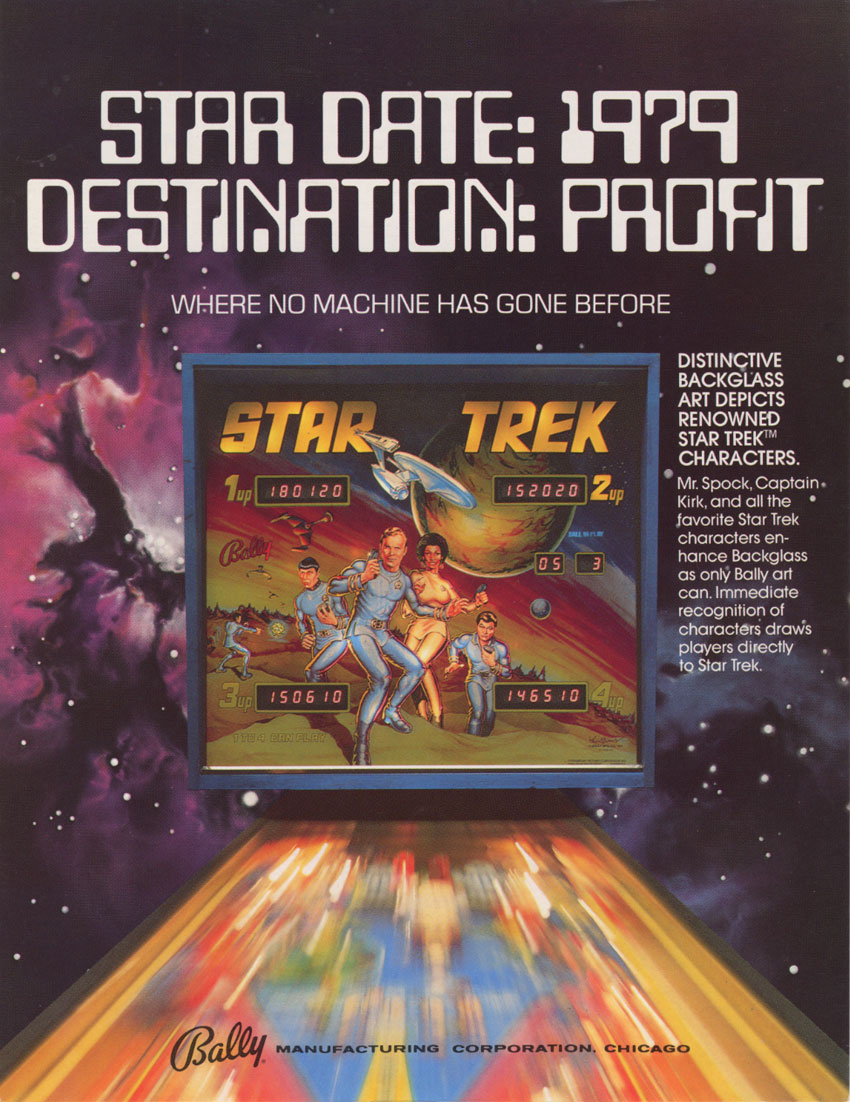
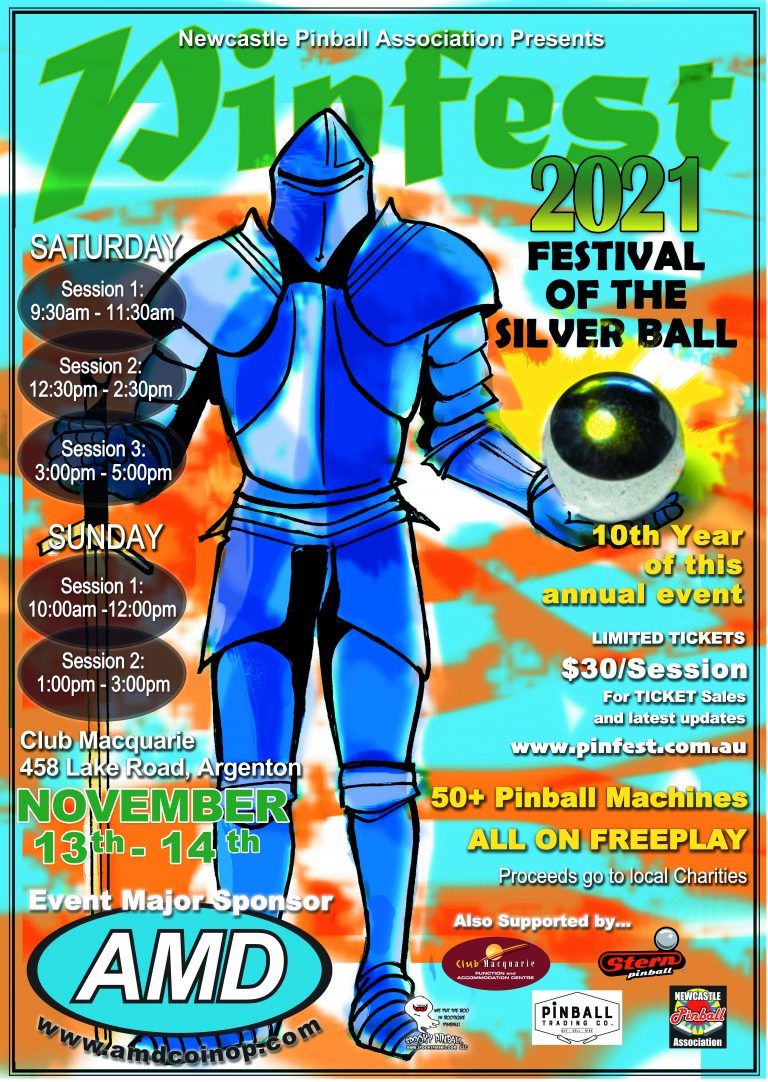
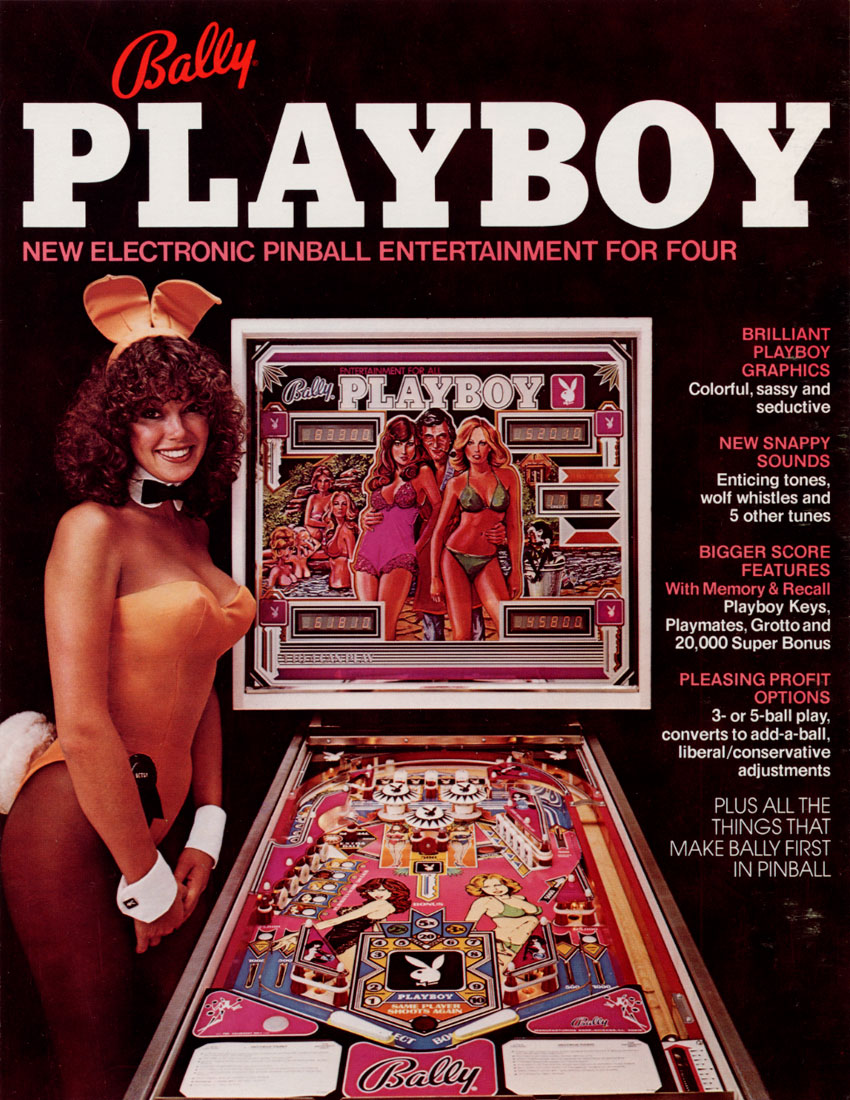

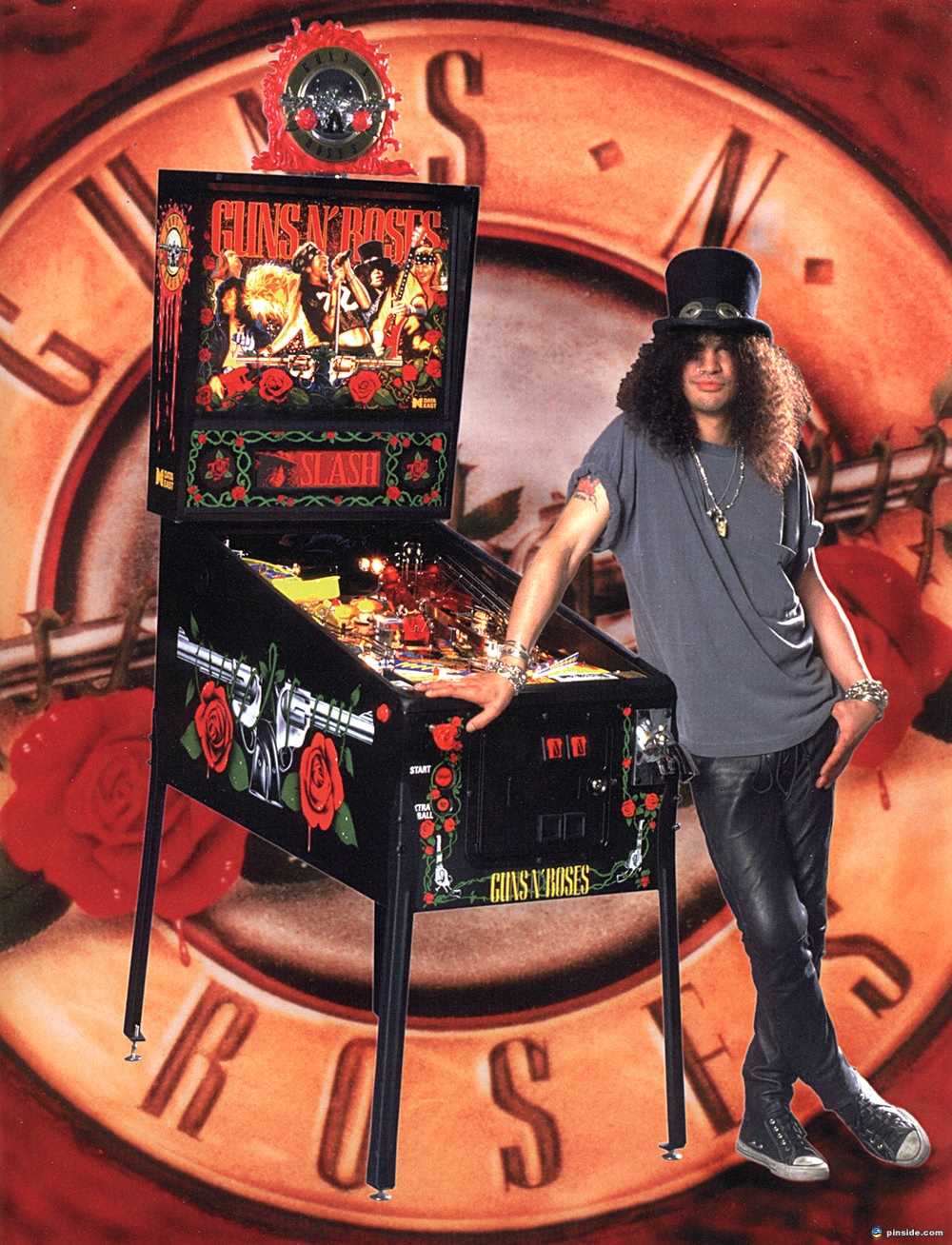
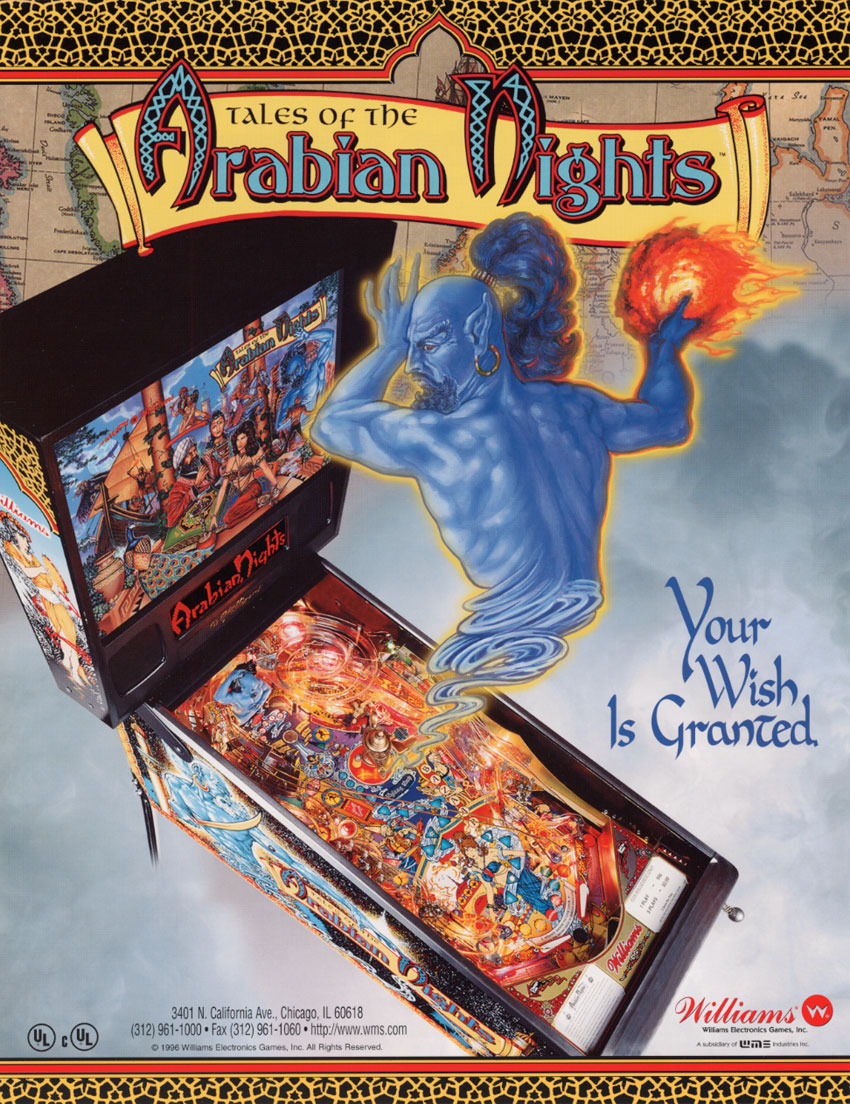
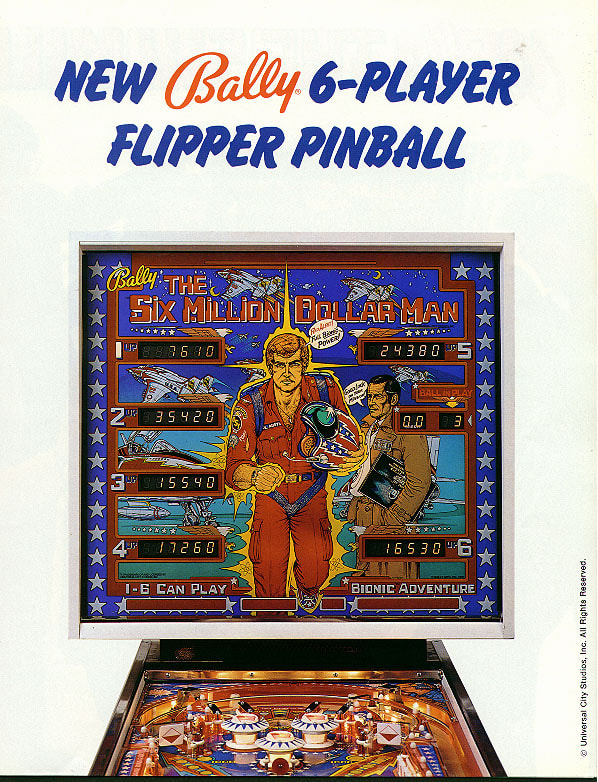

 RSS Feed
RSS Feed